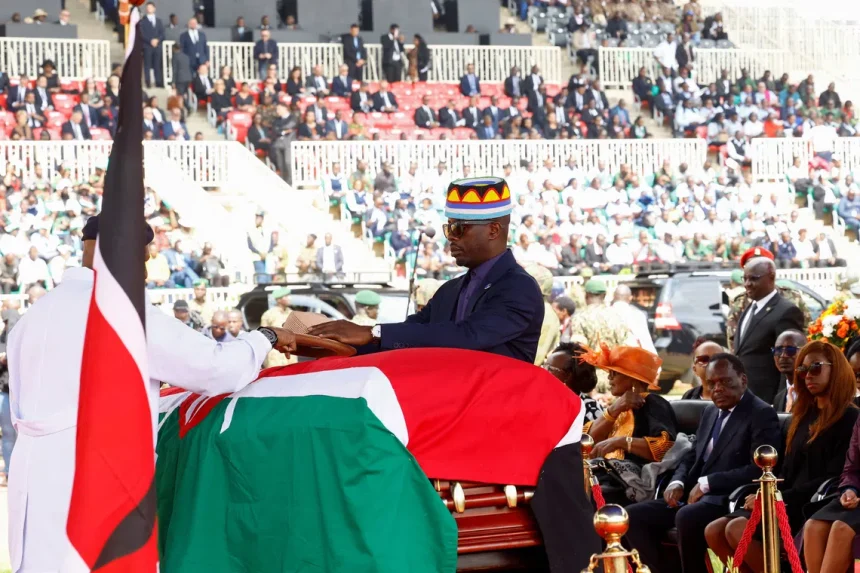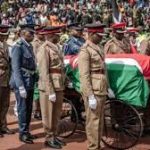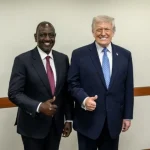The death of Raila Odinga, Kenya’s most influential opposition leader, has left a political vacuum unlike any seen in recent history. For more than three decades, Raila’s Orange Democratic Movement (ODM) has been synonymous with his name — his ideology, charisma, and relentless pursuit of reform. Now, in the aftermath of his death, Kenya faces a new chapter: What becomes of ODM without Baba?
Since the announcement of Raila’s passing, ODM headquarters at Orange House has turned into a sea of mourners, flags at half-mast, and emotional party loyalists singing freedom songs that once echoed during Raila’s campaign rallies. Yet behind the tears lies a pressing question — who will lead the movement forward?
1. The Leadership Dilemma
ODM has always operated around Raila’s unifying presence. His ability to bridge ethnic, generational, and ideological divides made him the heart of the party. Now, names such as Wycliffe Oparanya, Hassan Joho, and Edwin Sifuna have begun to circulate as possible successors. Each represents a distinct faction — coastal, western, and youth-driven wings — yet none command the nationwide appeal Raila possessed.
“ODM’s greatest challenge is not just leadership replacement — it’s identity redefinition,” says political strategist Dr. Mutahi Ngunyi. “The party must decide whether to continue as a liberation movement or evolve into a modern political institution.”
2. The Battle for Unity
Historically, ODM’s strength lay in its mass mobilization and reformist agenda. But with its founding leader gone, internal rifts could deepen. Some long-time members fear defections, while others see an opportunity for renewal.
ODM’s National Executive Council has reportedly called for an extraordinary delegates conference to deliberate on the future of the party and chart a transition roadmap. The meeting is expected to set interim leadership and prepare for elections to fill top positions.
“We will keep Raila’s spirit alive,” ODM Chairman John Mbadi assured supporters. “ODM is bigger than one man — it is a movement born of Kenya’s struggle for justice.”
3. The Political Impact on Kenya
Raila Odinga’s death also reshapes Kenya’s opposition landscape. Without his commanding influence, alliances within Azimio la Umoja may weaken, giving the ruling coalition an upper hand in Parliament and regional politics. Analysts predict realignments as parties re-evaluate their positions ahead of the 2027 general elections.
Younger leaders, particularly from ODM’s youth league, have called for a generational shift — a chance to inject new energy and digital strategy into the party’s structure. There is growing talk of ODM reinventing itself as a modern progressive party focused on innovation, economic justice, and governance accountability.
4. The Nation Reflects
Across the country, Kenyans continue to hold prayers and candlelight vigils in Raila’s honor. Yet in every conversation — from Nairobi’s downtown streets to Kisumu’s lakeside cafes — the same question lingers: “Can ODM survive without Baba?”
The coming weeks will be crucial. ODM’s ability to remain united, visionary, and relevant will determine not only its survival but also the direction of Kenya’s democracy in the years ahead.
Raila Odinga’s ideals — of justice, fairness, and citizen empowerment — remain deeply rooted in the party’s DNA. Whether ODM can transform those ideals into a renewed national force is a test that will define its legacy long after Raila’s final farewell.








